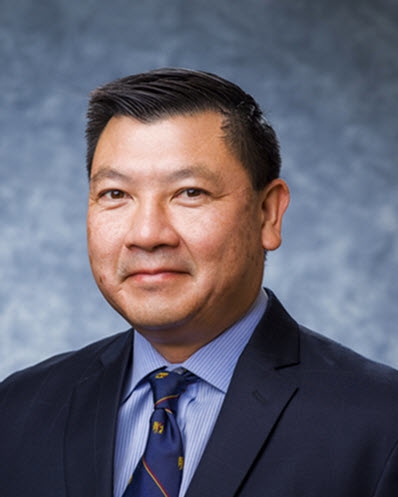Carpal Tunnel Syndrome
Expert Hand & Wrist Surgeons in Orange County, CA
What is Carpal Tunnel Syndrome?
Carpal tunnel syndrome refers to an inflammation of the median nerve at the wrist. The carpal tunnel is a narrow passageway on the palm side of your wrist that protects the median nerve and nine tendons that pass from the forearm into the hand, which allow you to bend your fingers. Carpal tunnel syndrome results when swelling in this tunnel puts pressure on the nerve. Over time the increased pressure affects the way the nerve works, resulting in tingling, numbness and pain in the hand and fingers. Simply put, carpal tunnel syndrome can be likened to a pinched nerve at the wrist.
Causes of Carpal Tunnel
Although it has often been characterized as a repetitive-motion injury, there is no evidence to support this view. More likely, carpal tunnel syndrome is attributable to any condition which causes swelling of the lining of the flexor tendons, called tenosynovitis. This can include a number of conditions which put pressure on the median nerve such as wrist injuries, joint dislocations, and fractures. Even thyroid conditions and rheumatoid arthritis can be associated with carpal tunnel syndrome. Pregnancy and conditions that cause your body to store fluid may also cause carpal tunnel syndrome. Keeping the wrist bent for long periods of time, which may arise due to improper keyboard technique, can also exacerbate the condition. There may also be a combination of causes contributing to the condition.
Experts have found that genetics can play a role in the development of carpal tunnel syndrome (some people have smaller carpal tunnels, which increases the risk of developing the condition), as can constantly being exposed to vibrations, like regularly riding a motorcycle or using a jackhammer. Carpal tunnel syndrome is also more common in women, likely due to the carpal tunnel area being relatively smaller in women than in men.
Symptoms of carpal tunnel:
- Numbness or tingling of the thumb, index, middle and ring fingers
- Pain or tingling that may travel up the forearm toward the shoulder
- Weakness or clumsiness in the hand
- Dropping things due to weakness
Nonsurgical Treatment of Carpal Tunnel Syndrome
Conservative management of carpal tunnel syndrome is usually the treatment of choice when symptoms are not severe. In chronic cases where conservative management has failed to provide relief, surgery may be necessary to release the tendon. Fortunately, this is an outpatient procedure and patients usually have the use of their hands and fingers immediately after surgery.
- Nonsteroidal anti-inflammatory drugs (NSAIDs)
- Bracing or splinting to keep the wrist straight or in a neutral position
- Corticosteroids / Cortisone injections
- Apply ice to reduce swelling
- Reduce your force and relax your grip
- Take short, frequent breaks and gently stretch and bend hands and wrists
- Change your computer mouse to avoid straining the wrist
- Keep your hands warm to avoid stiffening of the hands
- Nerve gliding exercises
Surgical Treatment of Carpal Tunnel Syndrome
The surgical procedure used to treat carpal tunnel syndrome is called a carpal tunnel release. There are two different surgical techniques for doing this, but the goal for both is to relieve pressure on the median nerve in your wrist by cutting the ligament that forms the roof of the tunnel. This increases the size of the tunnel and decreases the pressure on the median nerve.
In most cases, carpal tunnel release is done as an outpatient procedure at the Hoag Orthopedic Surgery Center in Newport Beach. The surgery can be done under general anesthesia, which puts the patient to sleep, or by local anesthesia, which numbs just your hand and arm.
- Carpal Tunnel Release (Open Technique): Your surgeon makes a small incision in the palm of your hand over the carpal tunnel and cuts through the ligament to free the nerve. This increases the size of the tunnel and decreases pressure on the median nerve. After surgery, the ligament may gradually grow back together, but there will be more space in the carpal tunnel and pressure on the median nerve will be relieved.
- Carpal Tunnel Release (Endoscopic Technique): Your surgeon uses a telescopic device with a tiny camera attached to it (endoscope) to see inside the carpal tunnel. Your surgeon will then divide the transverse carpal ligament, similar to the open carpal tunnel release procedure.
The outcomes of open surgery and endoscopic surgery are similar. There are benefits and potential risks associated with both techniques. Speak with your hand & wrist surgeon at Newport Orthopedic Institute to determine which procedure is best for your specific condition.
Schedule a consultation with a Newport Orthopedic Institute Orthopedic
Hand & Wrist Surgeon
to treat your Carpal Tunnel Syndrome.
Call
(949) 722-7038




